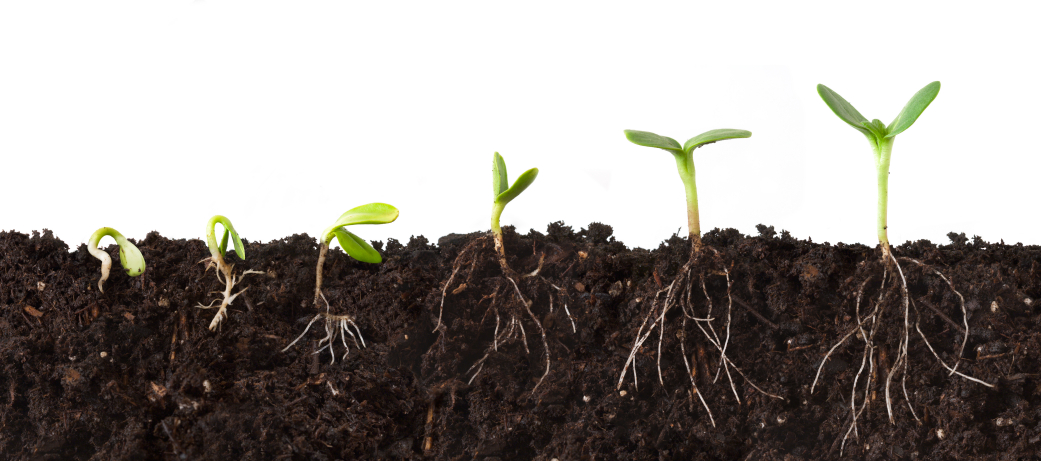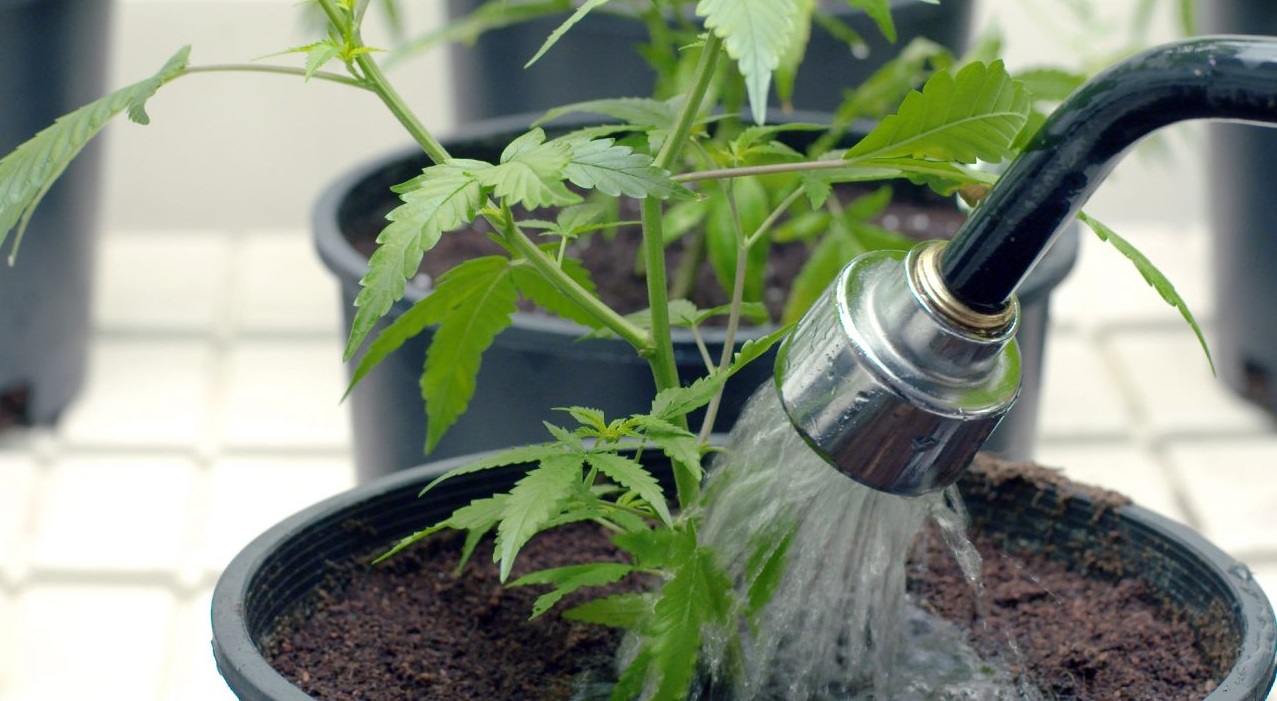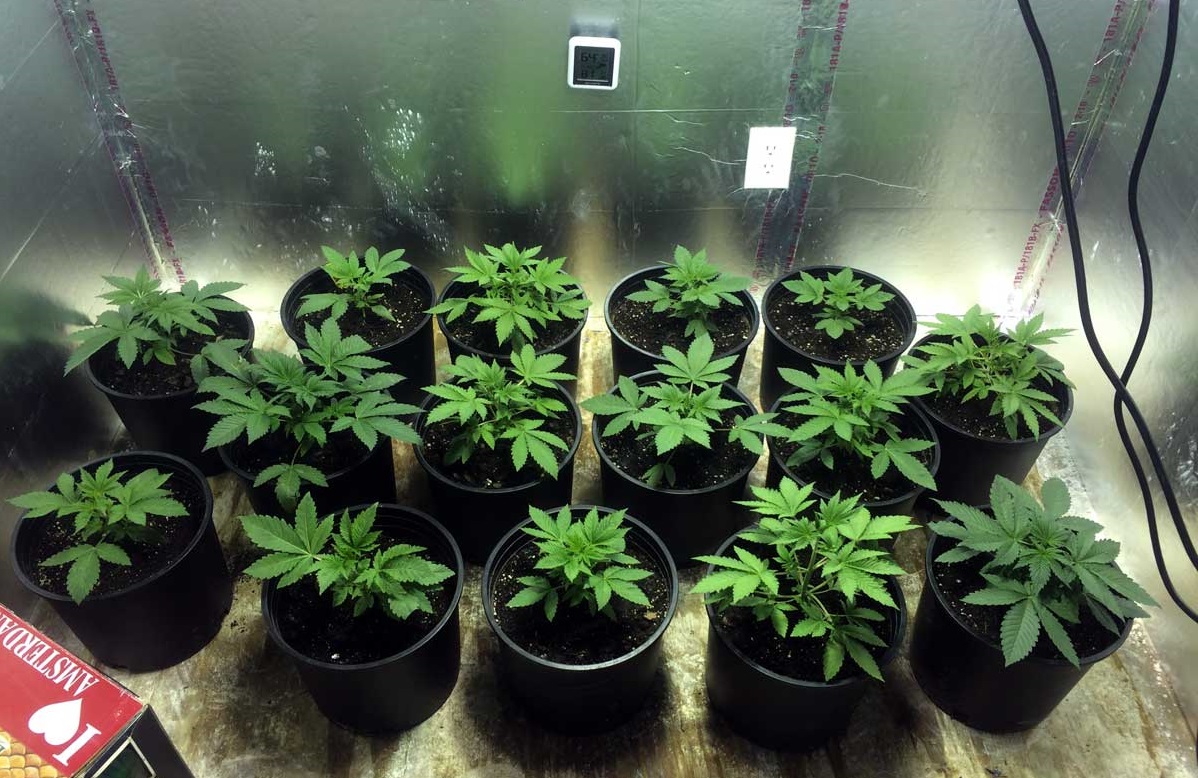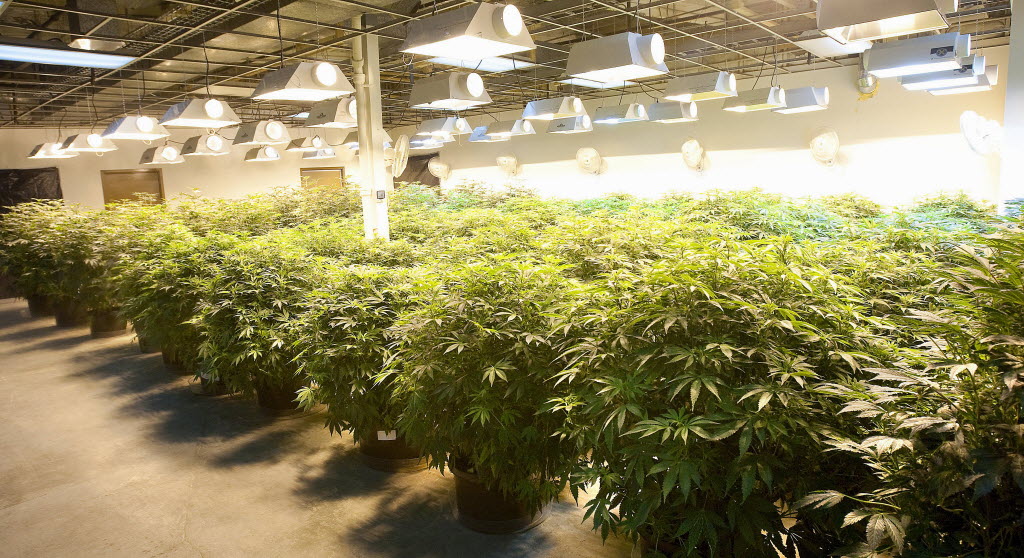With the legalization of the cannabis market has come a huge spike in growers, both at-home and new licensed producers and greenhouses. While cannabis is a miracle plant that is capable of treating numerous illnesses and symptoms, growing it requires a lot of energy. Not only do you need a greenhouse, or space large enough for your garden, but cannabis requires extensive amounts of light, nutrients and water to grow.
Reaping the benefits of this flower doesn’t come easy – or cheaply – but fortunately, there are lots of options for sustainable gardening practices when it comes to cannabis. Here are a few tips and suggestions to make your cannabis garden more environmentally friendly!
Change Out Your Lights
While there is no substitute for daylight, growing large gardens outdoors is not always an option. Greenhouses can be a great middle ground, but many commercial grow operations are located inside secure, concrete buildings. This leaves us with only a few main lighting systems to choose from: Fluorescent, HID (high intensity discharge) or LED’s.
Fluorescent lights are the cheapest option, but for a reason as they are by far the least efficient and generate 20-30% less light per watt. The HID’s are a slightly better option and are widely used due to their efficiency, output and value. Dollar for dollar, LEDs are the most cost-effective lighting option, followed by LECs. A 300w system is able to produce similar results as a 600w HID system. They also have a larger light spectrum, allowing them to further save energy and also increase the quality of your cannabis.
The drawback is that these lights are more expensive to set-up, but they can have a huge impact on energy savings in the long run. In addition, the larger light spectrum can improve plant growth and result in larger yields at harvest.
Choose Sustainable Grow Mediums

Incorporating organic gardening practices is another tip towards a more sustainable cannabis garden. The concept of organic gardening is to build and maintain an active food web within the soil. This requires little to no amendments to the soil, as the nutrients are readily available.
Creating your own compost is another great option for a soil foundation. This can be done by using leftover fruit and vegetable scraps. This reduces waste and saves money on pre-made compost. A similar result can be achieved by using a “super-soil”, which can be homemade (click here for a simple recipe) or bought at your local gardening store. In addition, feeding your plants with organic fertilizer (ie: bone or fish meal) will not only provide extra nutrients, but will protect your soil as well.
Another example of organic gardening is aquaponics. While it is difficult to get going, it is an extremely sustainable option for cannabis production. Not to mention that it essentially takes care of itself! Additionally, all-organic grows rarely need to supplement with anything but reverse osmosis water; expensive nutrients are unnecessary as everything is already available.
Reduce Water Usage

Reducing water usage in no way means to give your plants less water, but rather to use sustainable practices. Large cannabis plants can utilize up to 10 gallons per day in some cases – that is a lot of water!
Running water requires energy, but supplementing water usage is a great way to move towards more sustainable practices. Using collected rainwater and ensuring maximum water retention by adding water-absorbing polymer crystals to the soil can be beneficial. In addition, a layer of mulch on the top of your soil can help save as much as 75% of your water.
Scale Down Production

While it may seem counter-intuitive, having more farmers growing on a smaller scale results in less environmental impact and higher quality plants! However, this is not always possible. Areas with high-demandneed to produce large amounts of cannabis, and often do so in large grow buildings.
While scaling down might not always be an option in commercial gardens, perpetual harvesting might be the answer. It is an excellent way of producing large amounts at different times. With full control over climate in an indoor garden, growing and harvesting is doable all year round. However, this doesn’t mean all plants need to be seeded at the same time. With solid drying and curing methods alongside proper storage, planting in batches can reduce environmental impact and ensure constant production.
Use Energy-Efficient Equipment
Between lighting, fans, dehumidifiers, heaters and A/C units, it is easy to run energy consumption through the roof when growing cannabis. However, if you make sustainable choices with your equipment you can help to reduce this. Choosing the most efficient machines may seem daunting, but many companies produce energy-efficient designs to optimize their usage.
Even CenturionPro’s automated trimmers, such as the Tabletop Pro or Mini, have an input voltage of 6 amps and 110V NA; the leaf collectors run 12-14 amps, 110V NA. Considering the size and output of these machines, they are quite sustainable. Especially as most homes are equipped primarily with 110v circuits, while kitchens and bathrooms have 220v circuits. Even our largest machine, The Gladiator, has a 7 amp – 110V NA input voltage for the machine and 22 amp – 220V NA for the leaf collector. In addition, they can help reduce your ROI by replacing between 5 and 40 human trimmers.
Also, always choose equipment that is the right size for the room. After all, an oversize heater will make your A/C unit work harder!
Go Green!
Sustainable gardening practices for cannabis growers are doable in both large and small scale operations. A few tweaks to lighting and water usage can result in substantial savings – and who doesn’t love savings?

Whether you are an experienced or new grower, we hope you will take some of these practices into consideration in your own cannabis garden. After all, growing a sustainable and healing plant with environmentally damaging practices just doesn’t make sense.





Wouldn’t batch growing use the same resources just spread over time?